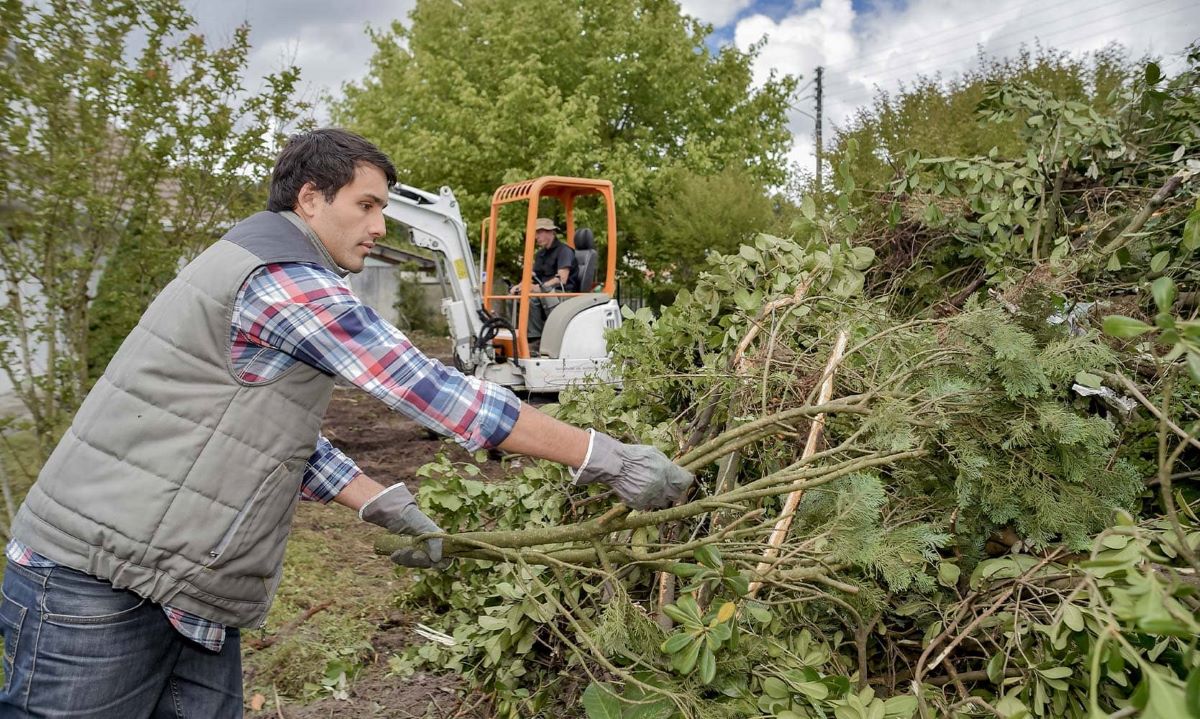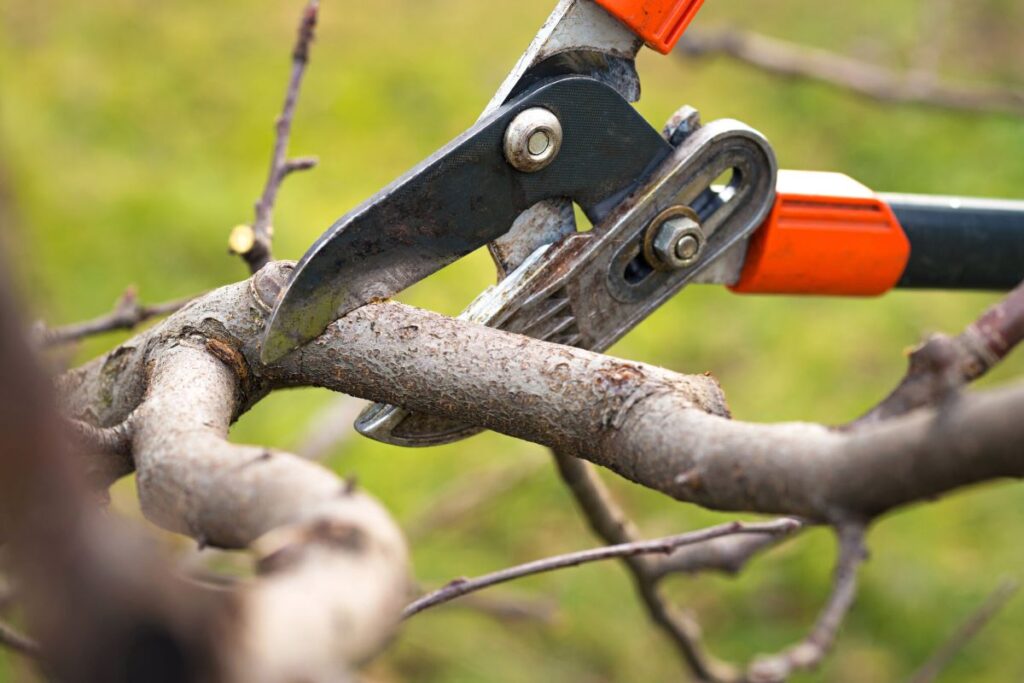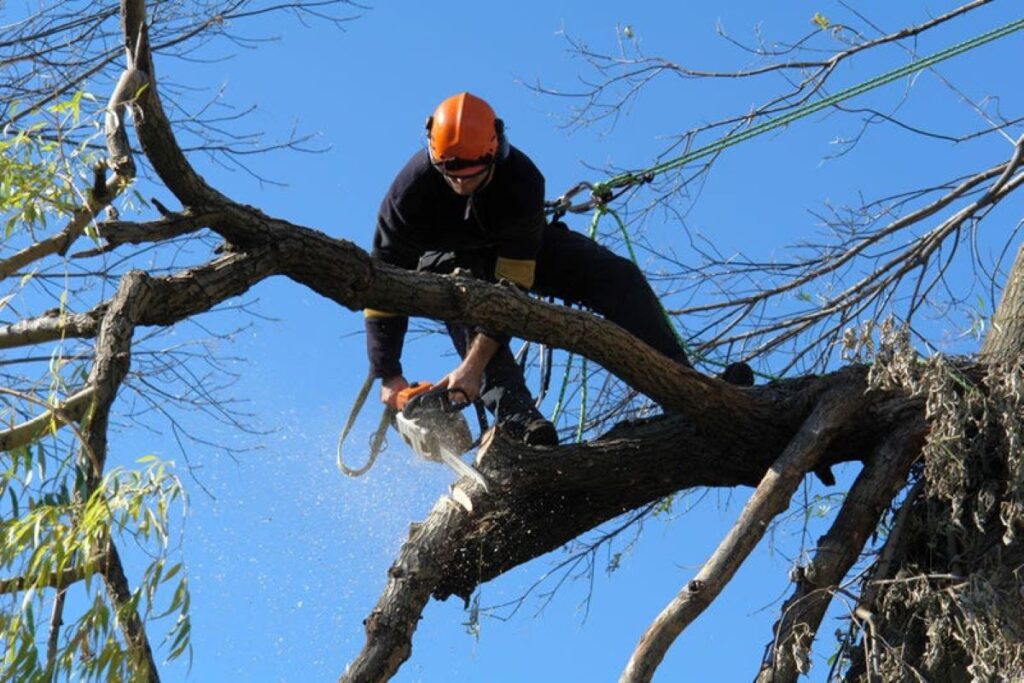
Tree pruning is an essential practice for maintaining the health and safety of trees, particularly in urban environments like Sydney. With its diverse range of native and exotic tree species, Sydney’s landscape requires careful management to ensure that trees thrive while also minimising risks associated with overgrown or damaged branches. This article delves into the importance of tree pruning, the benefits it offers, and the best practices to follow for optimal results.
Table of Contents
ToggleThe Importance of Tree Pruning
Tree Pruning Sydney is not merely an aesthetic choice; it is a vital aspect of tree care that promotes healthy growth and longevity. Regular pruning helps to remove dead or diseased branches, allowing the tree to focus its energy on new growth. Furthermore, it can significantly enhance the overall structure of the tree, making it more resilient to adverse weather conditions.
Enhancing Tree Health
Healthy trees are less susceptible to pests and diseases. By removing dead or infected branches, pruning helps to prevent the spread of diseases that can compromise the entire tree. Additionally, pruning encourages better air circulation and sunlight penetration, which are crucial for photosynthesis and overall tree vitality.
Improving Safety
In urban settings, safety is a paramount concern. Overgrown branches can pose risks to pedestrians, vehicles, and nearby structures. Regular pruning can mitigate these hazards by ensuring that branches do not encroach on walkways or power lines. This proactive approach helps to prevent accidents and property damage, making tree pruning an essential practice for urban forestry.
Encouraging Aesthetic Appeal
Beyond health and safety, tree pruning enhances the visual appeal of landscapes. Well-maintained trees contribute to the beauty of gardens and public spaces, creating a more inviting environment. Pruning can shape trees to complement architectural features or to create a specific design aesthetic, making it a valuable tool for landscape architects and homeowners alike.
When to Prune Trees
Timing is crucial when it comes to tree pruning. The best time to prune depends on the species of the tree and the specific goals of the pruning. Generally, late winter or early spring is considered ideal for most deciduous trees, as this is when they are still dormant and can recover quickly from the stress of pruning.
Seasonal Considerations
Pruning in late winter allows for the removal of dead or damaged branches before the tree begins to leaf out. This timing not only promotes healthy growth but also reduces the risk of disease transmission, as many pathogens are less active during colder months. However, some species, such as flowering trees, may require pruning immediately after flowering to avoid cutting off next season’s blooms.

Signs That a Tree Needs Pruning
Identifying when a tree requires pruning is essential for maintaining its health. Signs include the presence of dead or diseased branches, excessive growth that obstructs pathways or structures, and branches that are crossing or rubbing against each other. Additionally, if a tree appears unbalanced or has a lopsided canopy, it may benefit from corrective pruning to enhance its structure.
Best Practices for Tree Pruning
Effective tree pruning requires knowledge and skill to ensure that the tree remains healthy and aesthetically pleasing. Following best practices can help achieve optimal results while minimising stress on the tree.
Understanding Pruning Techniques
There are several pruning techniques that can be employed, depending on the desired outcome. Thinning involves selectively removing branches to improve air circulation and light penetration. This method is particularly beneficial for dense canopies. On the other hand, heading cuts involve shortening branches to encourage bushier growth, which can be useful for shaping young trees.
Using the Right Tools
Utilising the appropriate tools is critical for effective pruning. Sharp, clean tools reduce the risk of injury to the tree and promote quicker healing. Essential tools include hand pruners for small branches, loppers for medium-sized branches, and saws for larger limbs. It is also advisable to disinfect tools between cuts, especially when working with diseased trees, to prevent the spread of pathogens.
Hiring Professional Arborists
While some homeowners may choose to prune their trees themselves, hiring a professional arborist is often the best course of action, especially for large or complex trees. Arborists possess the expertise and equipment necessary to perform pruning safely and effectively. They can assess the tree’s health, recommend appropriate pruning techniques, and execute the work with precision.
The Benefits of Professional Tree Pruning
Engaging a professional for tree pruning offers numerous advantages that go beyond mere aesthetics. Expert arborists bring a wealth of knowledge and experience to the table, ensuring that trees receive the best possible care.
Expertise in Tree Biology
Professional arborists understand tree biology and the specific needs of various species. This knowledge allows them to tailor their pruning techniques to the unique characteristics of each tree, promoting optimal health and growth. They can identify potential issues that may not be immediately apparent to the untrained eye, such as signs of disease or structural weaknesses.
Safety and Compliance
Tree pruning can be hazardous, particularly when working at heights or near power lines. Professional arborists are trained in safety protocols and have the necessary equipment to perform the job safely. Additionally, they are familiar with local regulations regarding tree care and can ensure that all work complies with relevant laws and guidelines.
Long-Term Tree Management
Regular professional pruning contributes to the long-term health and vitality of trees. Arborists can develop a comprehensive tree management plan that includes scheduled pruning, disease monitoring, and overall care strategies. This proactive approach helps to extend the lifespan of trees and maintain their beauty and safety in urban environments.

Conclusion
Tree pruning is a critical practice for enhancing the health, safety, and beauty of trees in Sydney. By understanding the importance of pruning, recognising the right timing, and employing best practices, homeowners and property managers can ensure that their trees thrive. Whether opting for DIY pruning or hiring a professional arborist, the benefits of expert care are undeniable. Investing in tree health not only enhances the landscape but also contributes to a safer and more sustainable urban environment.
More to Read : Large Tree Removal Cost: Why Size and Location Matter